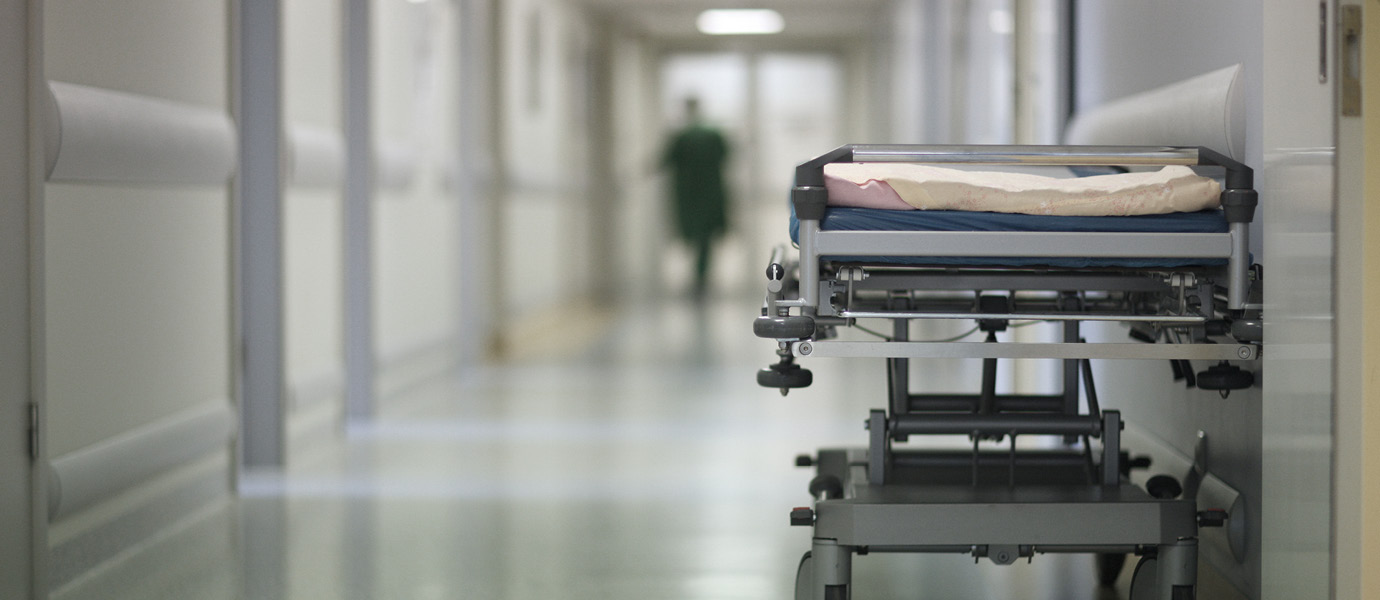Deeper Than the Headlines: Prime Healthcare FCA Case

A review of court records shows that the government alleges that Prime Healthcare implemented practices and procedures that would lead to admitting Medicare patients to the hospital from the Emergency Department (ED) when they could have been treated as outpatients (which would significantly reduce the reimbursement the hospitals would have received).
Some of the alleged practices include:
- Removing “observation” as an option from admission forms used by ED physicians at hospitals acquired by Prime when prior to the acquisitions such forms included “observation” as an option.
- Imposing quotas and goals for admission of patients from the ED and, specifically, of Medicare beneficiaries.
- Deploying CEOs of hospitals, Chief Medical Officers, and ED Medical Directors to question individual ED physicians regarding their decision to discharge specific patients and threaten that they would find themselves “off the schedule” if they did not increase their rate of admissions.
- Telling ED physicians that any insured patient expected to be in the ED for more than two hours should be admitted as an inpatient, while an uninsured patient may be kept in the ED for many hours and then discharged.
- Supplying unwitting Prime physicians with versions of admission criteria that are published by a third-party and relied upon in hospitals nationwide that Prime had altered to make more permissive of inpatient admission but which Prime represented as the original criteria.
In the case item #1 (i.e., “observation” option being omitted from the admission forms), the government alleges that this policy worked. They stated that Medicare claims statistics showed a dramatic before-and-after shift in billings for observation services at hospitals Prime acquired. For some of the hospitals owned by Prime (La Palma Intercommunity Hospital, Garden Grove Medical Center, Paradise Valley Hospital, West Anaheim Medical Center, and Huntington Beach Hospital) the government’s complaint states that billings for observation services plummeted to almost zero. The decreases in billings for observation were matched by increases in claims for inpatient admissions relative to the hospital's’ historical statistics.
Regarding item #2 (admission quotas), the government alleged Prime hospitals introduced admission benchmark quotas of 20-30% of insured patients who presented to the ED should be admitted. The government feels setting such a target violates a fundamental principle of the Medicare program which is that treatment decisions should be based on patient's’ clinical needs and that only those services that are reasonable and medically necessary should be reimbursed by Medicare. One ED director jokingly commented in an email reported by the government that he was, “getting a little worried that the average age of my docs at Encino is just about Medicare range. If I’m truly following the Prime model, I should be admitting all simply for setting foot in the ED.”
It was also alleged that at another facility which had recently been acquired by Prime, the inpatient admission rate from the ED was only 17-18%. The CEO’s instructions were to increase the rate to 25-30%. The ED Director proposed to draft an email to the ED physicians about this when the CEO immediately admonished the ED Director in the presence of another physician, warning that if the ED Director put that in writing Prime could be sued. However, not all emails could be stifled according to the court records of the government’s complaint. As an example of the evidence, they allege an ED Director tried to convince ‘underperforming’ physicians to admit more patients. The email allegedly stated:
“month to date we are at our lowest admission percentage for the last 3 years. We are currently admitting only 15% of our patients. While my review of the daily ED logs indicate that we’re clearly doing the right things for our patients, please understand that this is going to stand out to our administration. Please keep in mind the Prime mindset. Push admissions as necessary and have a low threshold for admission for any insured patient (even Medi-Cal).”
Increasing inpatient admissions of insured patients was not the only allegation. It was also alleged that Prime instructed EDs to cut back on admissions of uninsured patients to under 5% of the ED census. The intent and financial incentive being very clear.
It was also alleged that the physicians and coders were instructed to document and code to the highest reimbursing DRG codes. For example, it was alleged that the CEO instructions during a meeting included:
"If the patient is elderly, you should add encephalopathy for a higher payment. You are missing some of these elderly patients. But, be careful ... I don't want to go to jail, ha-ha-ha!"
"If you code fecal impaction in GI bleed diagnoses, I can get $3,000 more per case."
"If the patient leaves against medical advice you are free to document whatever conditions you want."
If such statements were actually said, it could lend credence to the accusations that the strategy was to increase inpatient admissions so the hospital would earn more reimbursement regardless of patient needs.
The case is still an active case and does not appear to have been settled at this point. The case was filed in the Central District of California (case #2:11-cv-08214-PJW).

Questions or Comments?